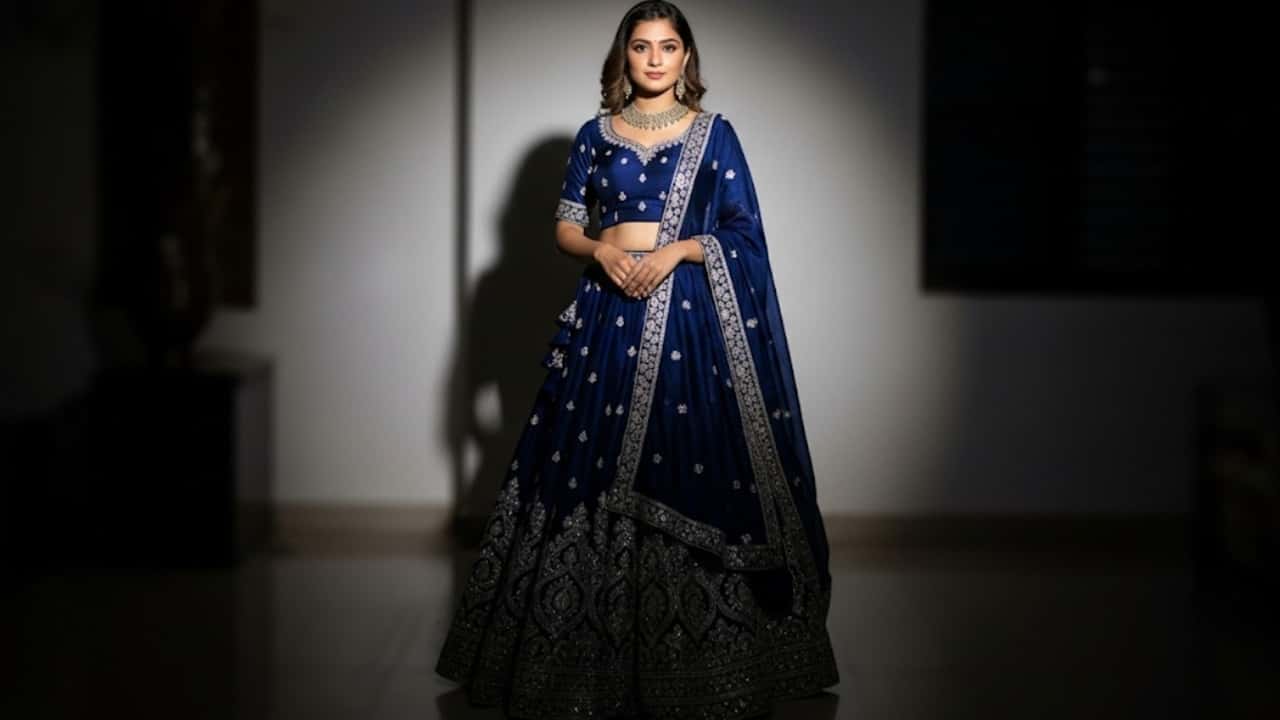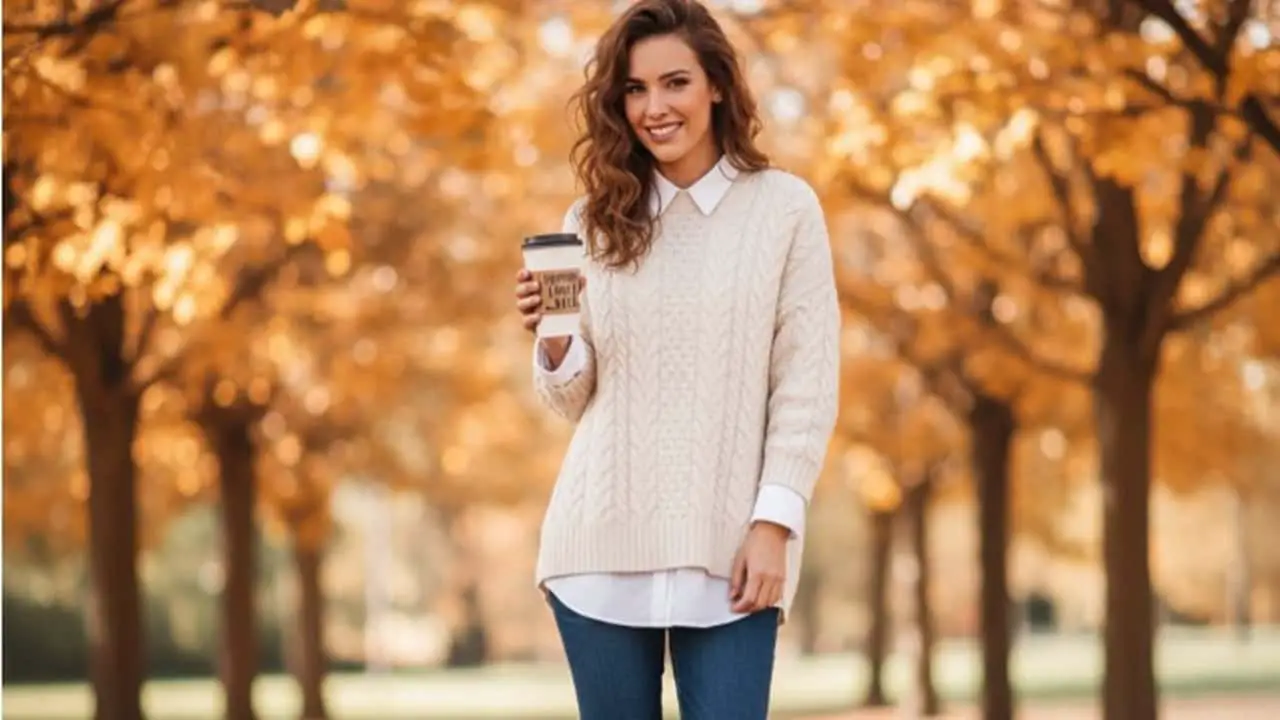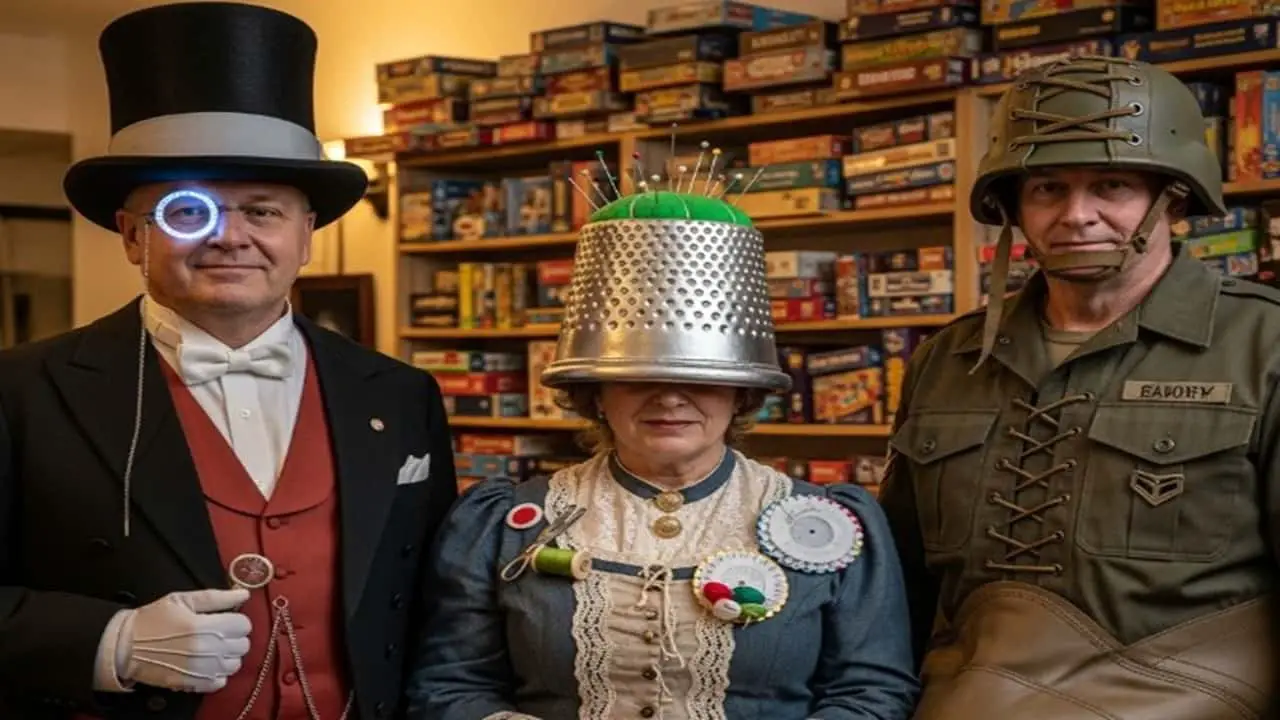If you’re not familiar with the color catcher sheets, they are essentially cloth-like sheets that are specially treated to attract dyes.
When you wash multiple fabrics in one go, these dyes help to catch all of the excess dye.
This is extremely really helpful so that your project isn’t ruined by color bleeding or fading.
In this post, I’m going to show you how to use color catcher sheets safely and effectively.
Let us look into the list of things covered in this post.
Table of Contents
What is a Color Catcher?
A color catcher is a type of Laundry Sheet that is formulated to attract dye color released from clothes and other fabrics while washing.
These sheets are mostly used when you are washing new clothes for the first time.
They help to stabilize the color of the clothes so that they do not bleed in future washes.
Having said that, it can be used with your old clothes as well.
They usually come in white color and are made of a fabric that is able to absorb the color.
Why Use a Color Catcher?
The main reason for using a color catcher is to prevent color bleeding and fading.
Color bleeding generally occurs when color from one fabric bleeds into another, resulting in an undesirable result.
These sheets help to prevent fading and bleeding by absorbing the excess color.
This is especially useful when you are washing dark-colored clothes with light ones.
How Do Color Catcher Sheets Work?
Color catcher sheets are designed to absorb excess dye in the water, thereby, preventing it from transferring to other laundry items.
The sheets contain an absorbent material that traps loose dye molecules, that interrupts color bleeding.
To use a dye-attracting sheet, simply place it in your washing machine with your laundry products.
How to use the color catcher sheets?
Using a color catcher sheet is fairly simple and does not require any special prep work, it’s straightforward.
Here’s how to use them safely and effectively.
Step 1: Place the sheet in Washer
The very first step is to place the sheets in your washing machine.
You can either put them in along with your clothes or you can place them first.
If you are using multiple color catcher sheets, make sure to stagger them so that they don’t end up in the same spot.
You should space out the sheets in the washer so that they can work effectively.
Step 2: Add your clothes
After you have placed the sheets in the washing machine, add your clothes and laundry products.
Step 3: Set the wash cycle
Next, set the washing cycle according to your preference and hit the start button.
Step 4: Let the Wash Cycle Complete
After you have hit the start button on your washer, let the wash cycle complete.
Step 5: Remove the color catcher sheet after the cycle is complete
Once the wash cycle is complete, you can remove the color catcher sheet from the washing machine.
Step 6: Discard the sheets in the trash
You should not reuse these sheets as they will no longer be effective, therefore you can put them in thrash.
Also Read: 12 Answers you should know about Laundry Pods
Proper Washing Machine Settings
Water Temperature
Use the appropriate water temperature according to the fabric care instructions.
Color catcher sheets work effectively at various temperatures, but following fabric, guidelines ensures better results.
Washing Cycle
Select the washing cycle suitable for your fabrics (e.g., gentle, normal, or heavy-duty).
Dos and Don’ts
Dos
- Do follow the recommended number of color catcher sheets based on your load size.
- Place color catcher sheets properly in the washing machine to ensure even distribution.
- Do use color catcher sheets for new fabrics to set their colors and prevent bleeding in future washes.
- Do check the care labels of your garments before using color catcher sheets.
- Do wash heavily dyed or brightly colored fabrics separately with extra color catcher sheets.
Don’ts
- Don’t reuse color catcher sheets as they lose their effectiveness after one use.
- Don’t overload the washing machine; follow the load size guidelines for optimal results.
- Don’t use color catcher sheets with woolen or silk fabrics that do not contain color molecules.
- Don’t forget to dispose of used color catcher sheets properly.
Safety Guidelines and Precautions when Using Color Catcher Sheets on Different Fabric Types
Read Care Labels
Always read the care labels on your clothes and fabrics before using color catcher sheets.
Some fabrics may have specific washing instructions that should be followed to avoid damage.
Test on Small Area
If you are using color catcher sheets for the first time on a particular fabric, it’s wise to test on a small, inconspicuous area before washing the entire garment.
This will help ensure that the fabric is compatible with the color catcher sheet.
Separation of Delicates
When washing delicate fabrics, such as silk, lace, or wool, it’s best to wash them separately from other fabrics to avoid potential color bleeding or damage.
Limit Color Mixing
Avoid washing heavily dyed or brightly colored fabrics with light-colored items.
if you must wash them together, use extra color catcher sheets to minimize color transfer.
Follow Recommended Load Size
Stick to the recommended number of color catcher sheets based on your load size.
Overloading the washing machine can reduce the effectiveness of the color catcher sheets.
Use the Correct Water Temperature
Use the appropriate water temperature according to the fabric care instructions.
Color catcher sheets work effectively at various temperatures, but following the fabric’s guidelines ensures better results.
Dispose of Sheets Properly
After a single use, color catcher sheets lose their effectiveness and should not be reused.
Dispose of used sheets properly in the trash.
Keep Out of Reach of Children and Pets
Store color catcher sheets in a secure location, away from children and pets, to prevent accidental ingestion.
Ventilate the Laundry Area
Ensure proper ventilation in the laundry area to prevent the accumulation of fumes and odors from laundry products.
Is Colour Catcher effective on all fabrics?
Yes, it works with almost all types of fabrics.
Since every fabric dye contains negative ions, it is drawn to the positive charges on the Colour Catcher sheets.
The only exception to this rule is woolen and silk fabrics as they may not contain any color molecules.
This means that they will not bleed or transfer color to other fabrics if no artificial colors have been added to them.
Can shout color catcher sheets be used for hand washing?
Yes, you can use Colour Catcher for hand washing. Just add a sheet to your washload along with your regular detergent.
The Colour Catcher sheet will help to remove any loose dyes from your clothes.
How many Colour Catcher sheets should you use?
If you’re using color catcher sheets for the first time i.e. on new fabric, use 5 or 6 sheets (average load size). And for old garments with an average load size, 2 to 3 sheets should suffice.
In most cases, 2 to 3 sheets will be enough.
Do Colour Catcher Sheets contain chemicals?
No, they are designed to absorb excess dye from laundry by making use of negatively charged ions, therefore it attracts the positively charged ions in dye.
This helps to prevent colors from bleeding onto other clothing.
These sheets contain a dye-attracting agent that is safe for both colors and fabrics. Hence, there are no harmful chemicals in color catcher sheets.
How To Make your own DIY Color Catchers For Laundry?
You can make your own color catchers at home with just a few ingredients.
All you need is washing soda, two sheets of white paper, and a little bit of time.
To make your color catchers, take a bowl of water and start by mixing the washing soda.
Then, cut the paper into small squares and add them to the mixture.
Let the paper soak for a few minutes, then remove it and let it dry.
Once your color catchers are dry, you can use them in your next wash load.
Just add one or two to your washing machine along with your clothes.
If you have a large load of laundry or loads, you may want to use more than one color catcher.
Also Read: 7 Ways to Remove Musty Smell Out of Clothes
Final Thoughts
Color catcher sheets are a great way to prevent color bleeding when washing clothes.
You can either make your own color catchers at home or buy them pre-made.
When using color catcher sheets, it is important to space them out in the washer so that they can work effectively.
Always make sure to read the care label on your clothes before putting them in the washer with other clothes as no matter how good the color absorber is, there is always a small chance that color may bleed.
If you are ever in doubt, it is always best to wash the vulnerable clothes separately i.e. clothes prone to color bleeding separately.
Frequently Asked Questions
Some common questions about Colour Catcher that may be helpful.
Can Colour Catcher be used for heavy fabrics like curtains, sheets, bedlinen, and Cushion covers?
Yes, you can use Colour Catcher for things such as curtains, bedlinen, covers, and cushions. Just follow the instructions on the package.
Is there any requirement to use a color catcher at a certain temperature?
No, you don’t need to use Color Catcher with a certain temperature in the washing machine. Color Catcher will absorb any color that runs from your clothes, no matter what the temperature is.
Can Colour Catcher be used with Normal detergent?
Yes, you can use Colour Catcher with your normal detergent. It will help to keep your colors bright and prevent them from bleeding.
Are Colour Catcher sheets re-useable?
No, the sheets are not re-useable.
After a single use, the sheets will no longer be effective.
This is why it’s important to discard the sheets after each use.
Are Colour Catcher sheets recyclable?
Yes, color catcher sheets are recyclable and biodegradable.
Can Laundry sheets be used with new fabrics?
Yes, you can use color catcher sheets for new fabrics.
In fact, it is recommended that you use them when washing new clothes for the first time.
This will help to set the color of the fabric and prevent color bleeding in future washes.
You May Also Like
- How to Remove Fabric Softener Stains Out of Clothes?
- What is a portable laundry hamper? (Explained)
- How to Pre Wash Fabric Without Fraying? (Pre-washing Tips)
- How to Use Lysol Laundry Sanitizer Additive?
- How to Wash Miracle Bamboo Pillows? (Step-by-Step)
- How to Wash Allbirds Shoes? (Step-by-Step)
- How to Wash Faux Fur Blanket? (Step-by-Step)
- How to wash Converse shoes in the washing machine? (Step by Step Guide)
- How to Wash a Sweatshirt? (Comprehensive Guide)
- How to Wash Curtains with Hooks?
- How to Wash Printed Shirts? (Comprehensive Guide)
- How to Wash Velvet Shoes? (Comprehensive Guide)
- How to Wash and Dry a Weighted Blanket Safely?





